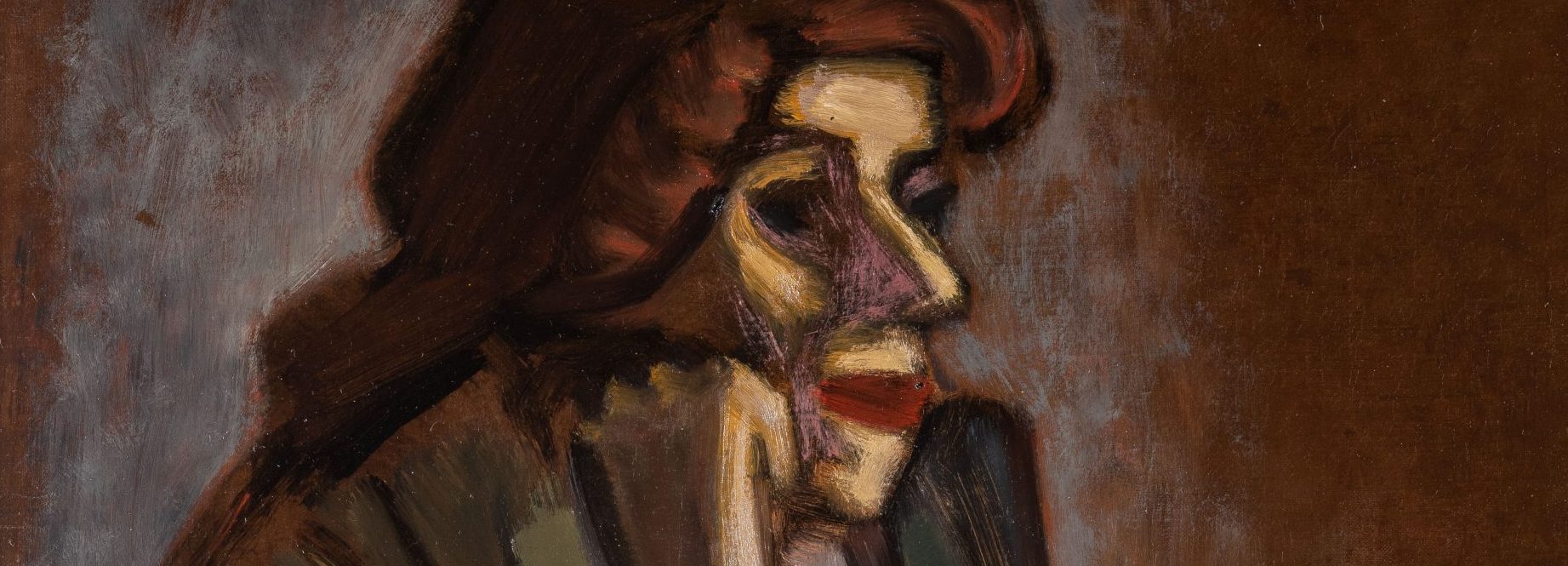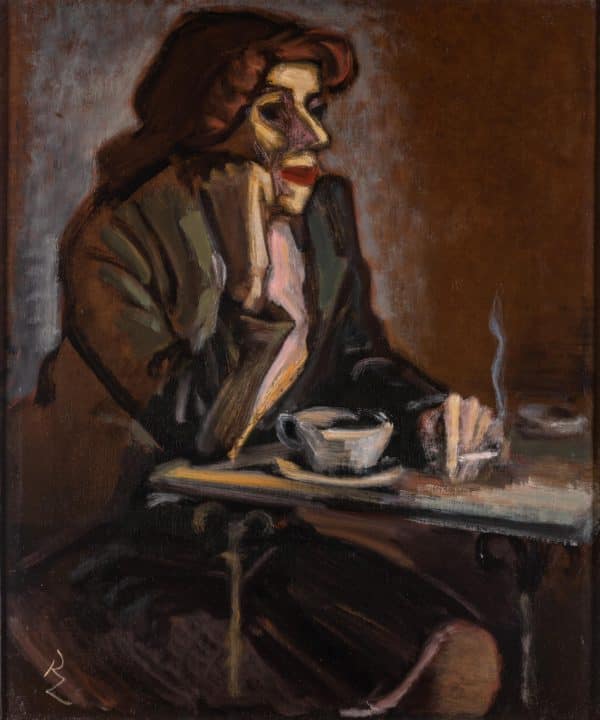

Richard Ziegler, who was also known by the pseudonym “Jean Georg Vincent”, was born in Pforzheim in Baden in 1891, the son of an elementary- school teacher. After completing high school, he attended the Shakespeare Grammar School in Stratford-upon-Avon in England in 1910–1911. In 1912, he embarked on a study of philology, which took him first to Geneva, then to Greifswald and Heidelberg, and culminated in a doctorate. Ziegler began painting while still a student, and in 1920 he began a career as a self-taught artist, without any academic training. He moved into a studio in Pforzheim, and in 1922/23 began a series of regular study trips to Italy. He moved to Berlin in 1925, where he rented a studio in Wilmersdorf. While in Berlin, he got to know Wolfgang Gurlitt and also Arthur Segal, who introduced Ziegler to the November Group. Ziegler began participating in the Group’s exhibitions in 1926.
In February 1933, Ziegler was still able to exhibit graphic works in Cologne, but his plans for further exhibitions were thwarted by political events. Ziegler then emigrated with his Jewish fiancee and later wife, Edith Lendt. He settled on the Dalmatian island of Korčula, where he created graphic cycles about events in Germany. Ziegler spent several months in Paris in 1936, then emigrated to England in 1937. In 1940, he published political caricatures and drawings, and also worked for the antifascist press. In order to protect his parents, who were still living in Germany, he henceforth used the pseudonym “Robert Ziller”. In 1940/41, Ziegler was interned in Huyton Camp near Liverpool as an “enemy alien”. After Ziegler was released, he worked for the British Ministry of Information and for the American War Office. Back in Germany, he was expelled from the Imperial Chamber of Fine Arts in 1943. In 1948, he was given British citizenship. In 1962, he left England and settled in Selva on Mallorca.
